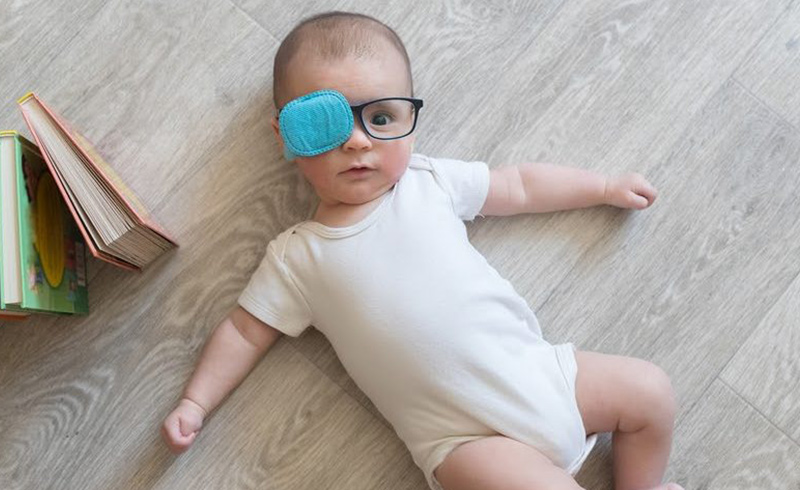
What Is The Lazy Eye Disorder?
Amblyopia or the Lazy Eye Disorder is considered to be one of the most common eye problems which result in decreased vision in a single eye among children and younger adults. According to ophthalmologists, visual development occurs from early childhood until the age of 7 years. During this period if the eye and the brain do not receive a clear focused image, the vision will be reduced automatically.
This disorder occurs due to the eye and brain not functioning together. While this takes place, the eye may appear to look normal and no disparity will be seen externally. However, although the appearance of the eye does not change, it has actually not been used as expected by the brain. When this happens, the brain is favoring one eye causing a single eye to function more than considered normal. And hence it almost always affects a single eye but can manifest with vision reduction in both eyes.
Common Causes
Squint eyes or strabismus is a condition where the eyes do not properly align with each other while looking at an object. Here, alterations can occur on the eye which is focused on the object. This is a condition that can arise occasionally or constantly. When this happens during childhood, the eye “switches off” to avoid double vision while focusing. This results in no stimulation in one eye and the vision becomes indolent causing a lazy eye.
Anisometropia is another condition where the two eyes have unequal reflective power and as a result, the visual cortex of the brain will not use binocular vision. As this occurs, the brain suppresses the central vision of one eye leading to a lazy eye. Apart from these forms, visual deprivation, unequal focus, and organic causes such as problems in the retina or optic nerve can also result in lazy eye disorder.
General Symptoms
Symptoms of the lazy eye may include poor depth perception and stereo vision, shutting and squinting of eyes, poor pattern recognition, and visual activity. Head tilting, eyes that wander inward or outward or that appear to not work together, and low sensitivity to contrast and motion are more indications of this disorder. Abnormal results in visual screening tests can be a cause of the lazy eye. However, many people with amblyopia are not aware of the condition until tested.
Amblyopia is categorized under several functional deformities in spatial vision or the ability to detect and discriminate patterns. This includes differentiating between depth, color, and brightness, distinguishing alignments between lines, etc. The central vision of the people with lazy eyes is considered as more crowded than that of the normal observers.
Favored Treatments
Patching of the good eye as a treatment for amblyopia began in the 16th century and, as a result, the weaker eye is encouraged to work harder. Engaging in visual activities like reading, playing video games is considered to be helpful while patching. However, according to the eye specialists, by the age of 9, the plasticity of the brain to develop is no longer present where amblyopia cannot be reversed. Hence it is vital to diagnose the matter at an early age.
Using the correct spectacles and blurring the good eye or chemically patching can help treat the lazy eye. Ophthalmologists recommend the earlier the treatment is initiated, the chance of achieving 20/20 vision is greater. Eye specialists declare that a lazy eye can cause permanent vision loss if untreated.
Now you can get a full diagnosis from the best eye clinic in Dubai, at the Spanish Eye Clinic under the guidance of the best ophthalmologists and eye specialists in the city.



